by Amanda Rose Newton
Plants have long been a favorite muse of the artist. The fact that they display beautiful colors, shapes, and designs coupled with their sessile state make them the perfect subject.
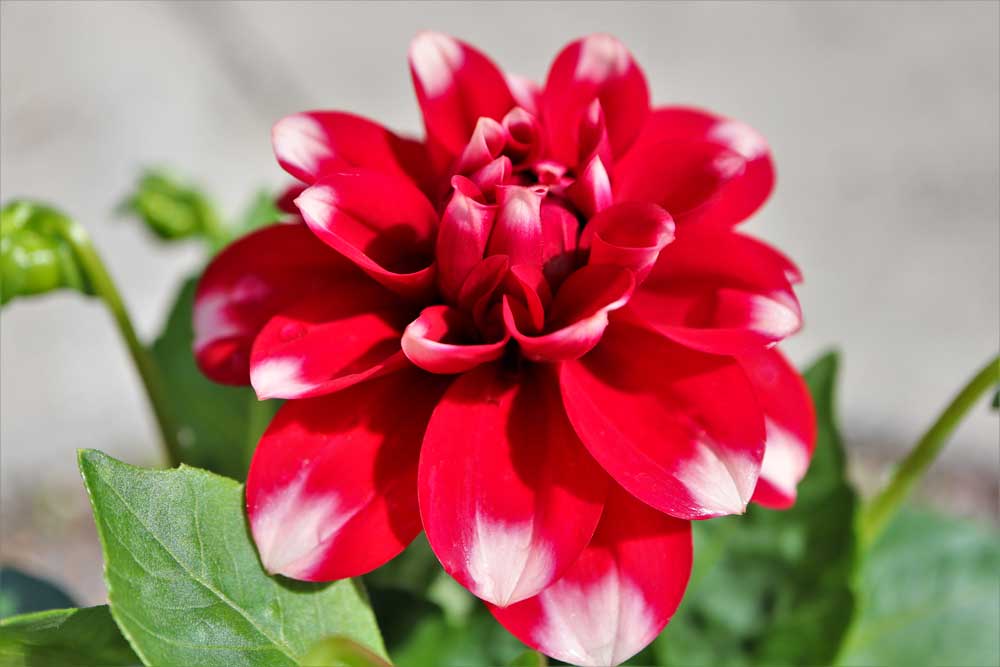
If you have been following this blog for a while, you already know by now that plants have their own language and the plant chosen can mean much more than just a pretty image.
Plants have been used in art to tell stories, teach us about our own cultural roots, and most recently, act as the canvas themselves.
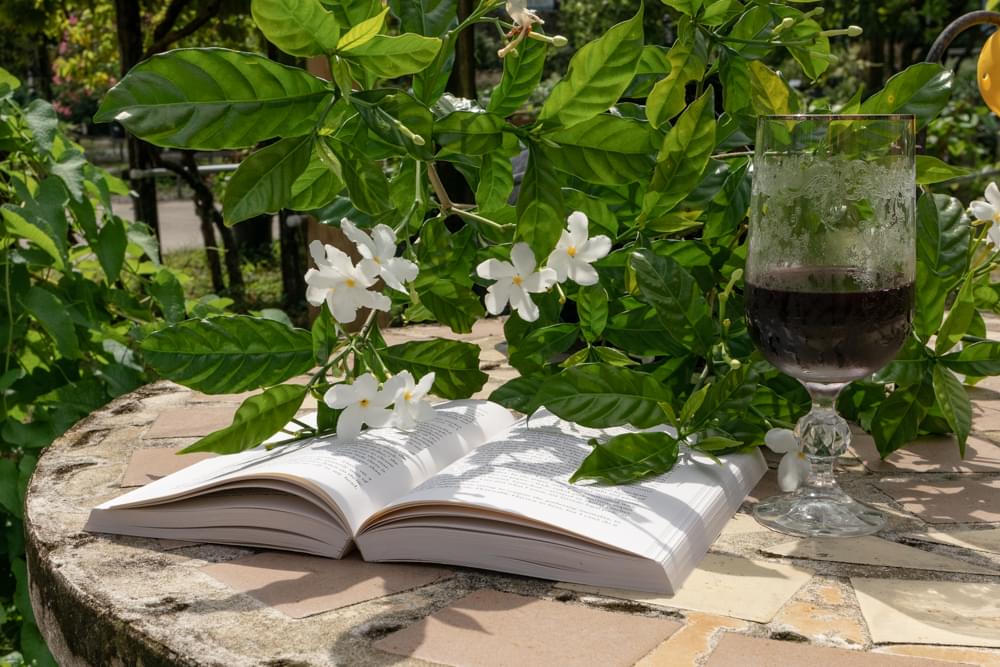
The Healing Power of Plants in Art
While we may have started depicting plants in art due to convenience and lack of movement, plants have stuck around due to their lasting positive effects.
Research shows that surrounding yourself in nature daily (Green Bathing) helps improve mood, reduce stress, and just generally feel better.
Researchers suggest that by painting and drawing flowers, artists are able to improve their own mood, which in turn adds to their productivity.
It is no wonder so many of the world’s prolific artists happen to choose a lot of natural plant subjects! By hanging plant portraits in your home, you too can reap the benefits of nature bathing without setting foot outdoors.
Plants as Art
If you want the positive power of plants up a notch, make living plants part of the art!
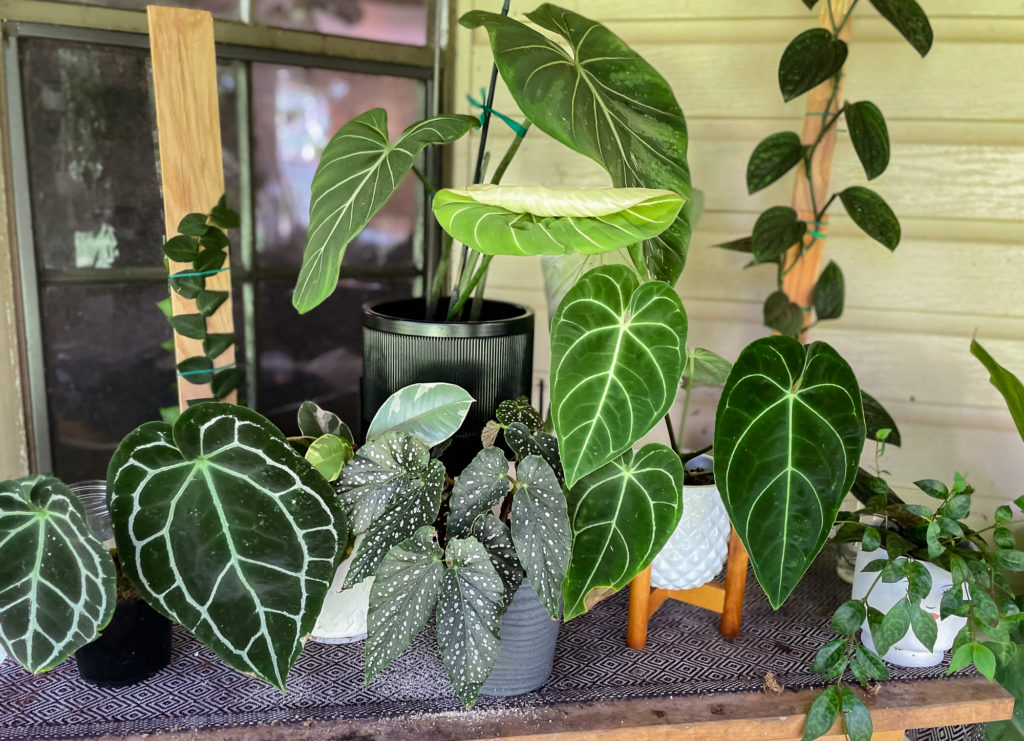
Interior landscaping is, in fact, an art form all in itself. Plants naturally have texture, color, and patterns that make them a living canvas. By incorporating plants into a display, you are creating living art.
Many installations around the world have already tapped into this by using botanical dyes, textiles, and the plants themselves as the artwork. To make the most out of your own installation, follow the steps outlined in landscape design to bring that indoors.
The Language of Plants
If plants could speak, they would have volumes to say! Luckily, just their presence in a painting or botanical illustration can speak volumes!
Certain plants such as roses were used with intention by Victorian-age artists. Secret messages could easily be inserted in art, with only those who knew the language of the flowers being privy to the unspoken.
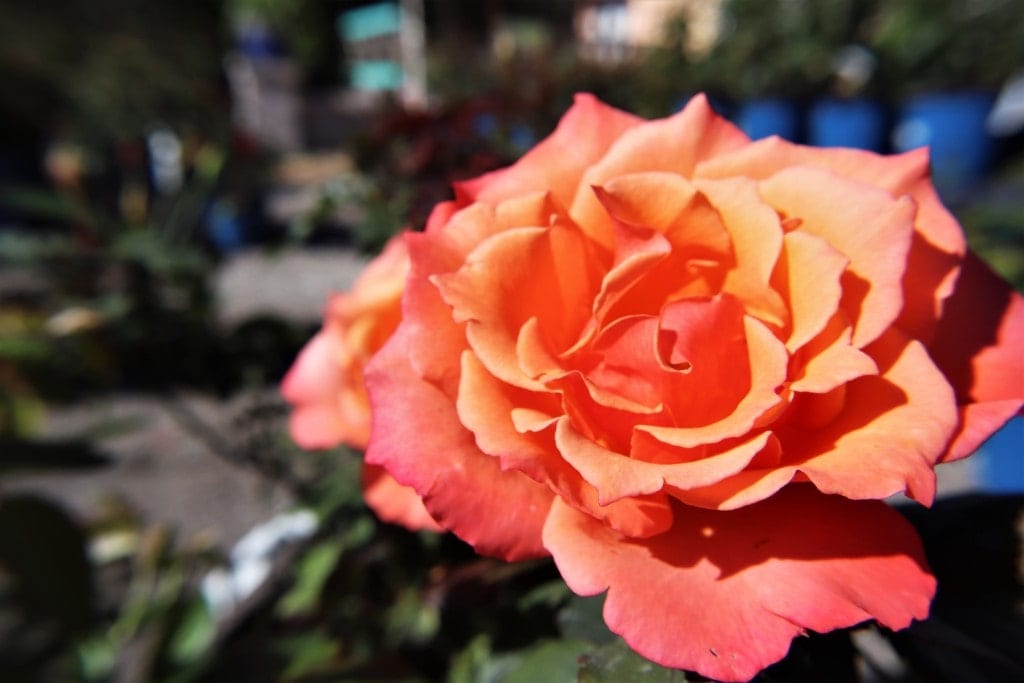
The color as well as the type of plant also holds meaning, so consider that when purchasing a work of art for someone else. Red is passionate, yellow is friendship, and black is best reserved for your enemies.
Plants as a History Lesson
Perhaps the most interesting aspect of plants depicted in works of art is their ability to tell their origin story.
Plant geneticists have spent considerable time combing through artwork to get a broader sense of the changes plants have gone through over the years.
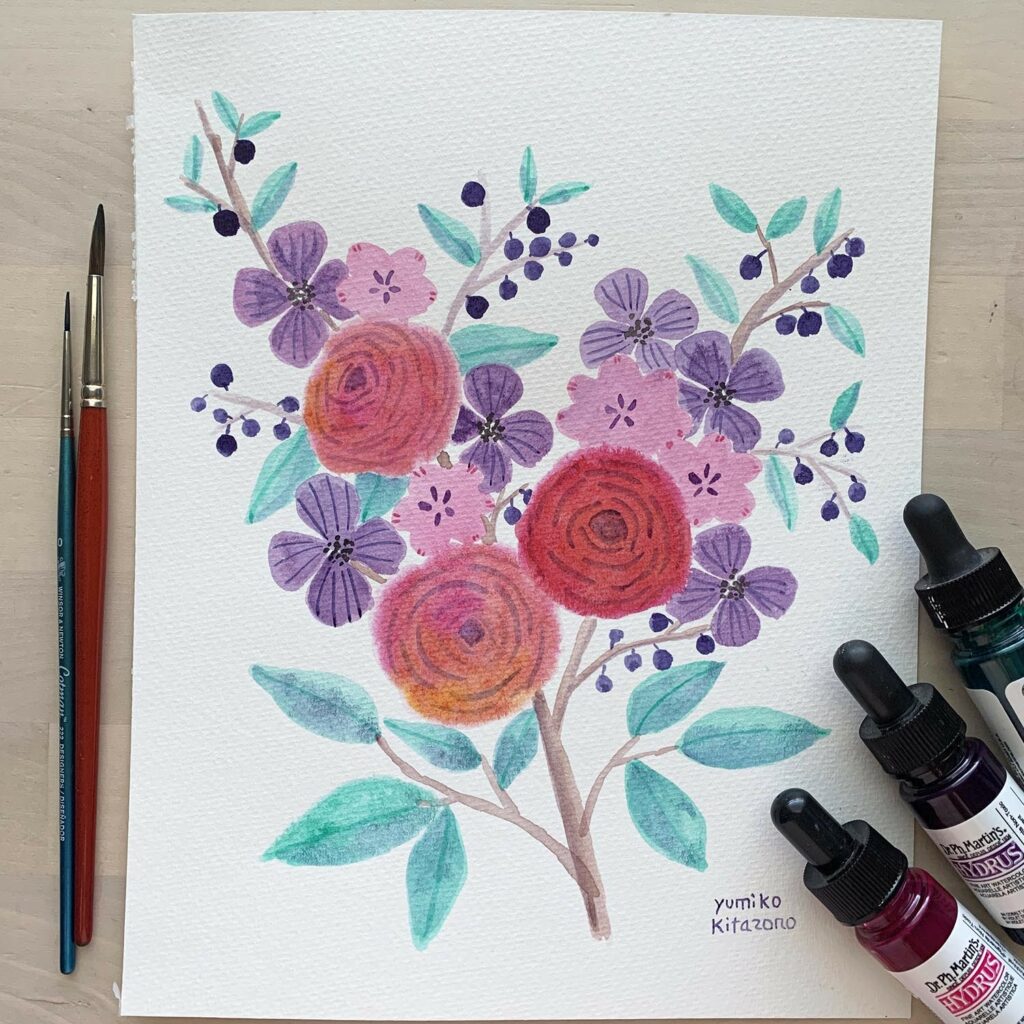
Plant-based food, for instance, is heavily depicted throughout art, giving us insight into how the morphology has changed over the years. It can show us when certain cultivated varieties of fruits and vegetables emerged on the scene, providing additional data for how common they were as well as giving further details into what early trade routes, food habits, and culinary preparation looked like.
Plants are able to achieve what few organisms and objects can. Just by existing, plants are works of art.


